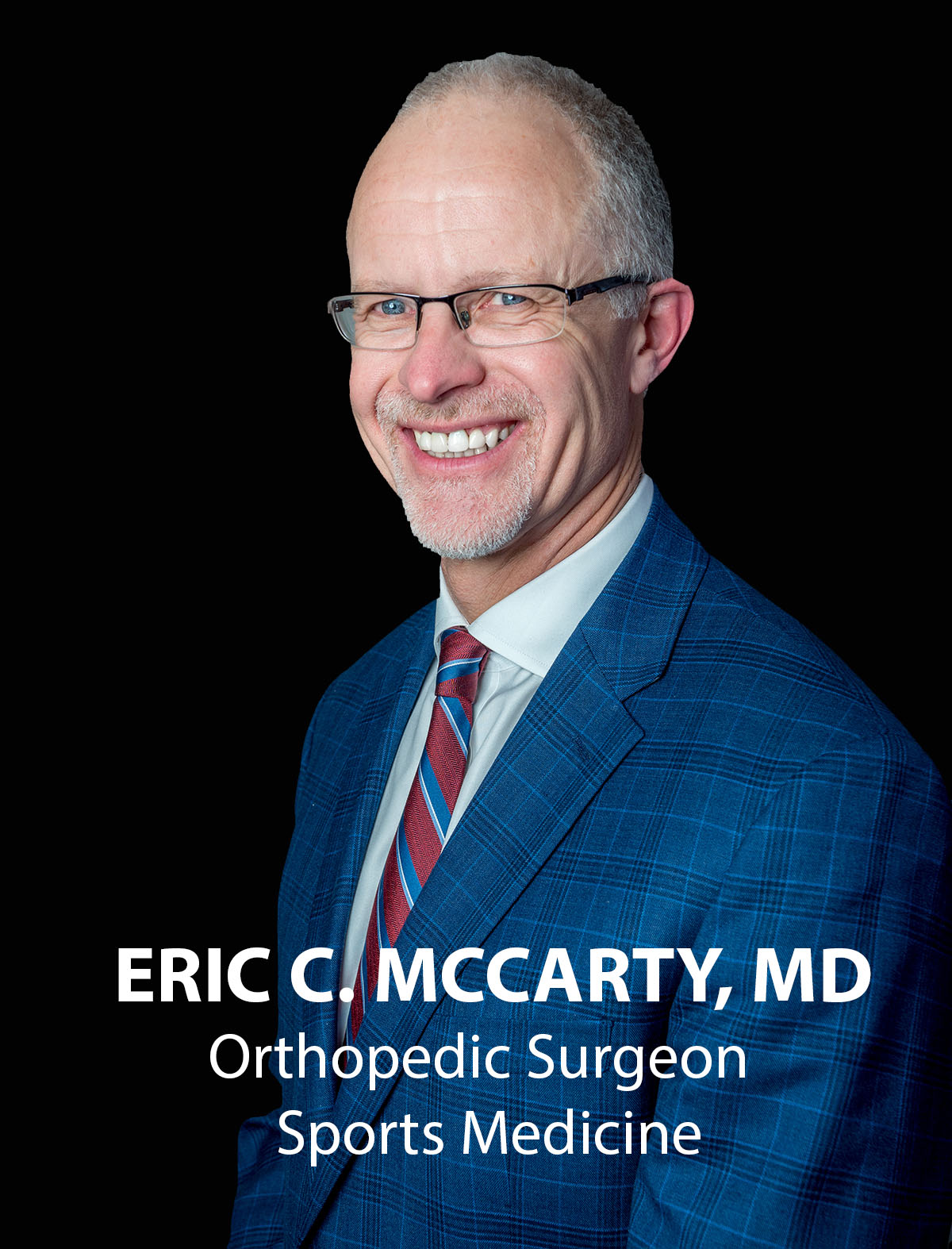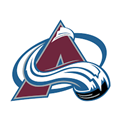Lateral Epicondylitis (Tennis Elbow)
Tennis Elbow
The elbow joint is made up of three bones: the humerus (upper arm bone), radius (smaller bone of the forearm), and ulna (larger bone of the forearm). The lower end of the humerus is divided into two bony protrusions known as the medial and lateral epicondyles. Various structures such as muscles, tendons, and ligaments support the stability of the elbow joint.
Tennis elbow, also known as lateral epicondylitis, is a condition characterized by elbow pain due to overuse or overstretching of the elbow. The pain is caused by damage to the tendons that join the forearm muscles to the elbow. Repetitive movement of the elbow causes inflammation of the muscles and tendons that are inserted into the lateral epicondyle (one of the bony protrusions found at the lower end of the arm bone or humerus).
You don’t have to be a tennis player to get tennis elbow, as repeated use of the forearm and elbow for many other occupational activities such as painting, typing, and weaving can also result in lateral epicondylitis.
The most commonly involved tendon in lateral epicondylitis is the Extensor Carpi Radialis Brevis or ECRB.
Causes of Tennis Elbow
Any recreational or occupational activity that involves the use of elbow muscles can result in tennis elbow. It is commonly seen in individuals between the ages of 30 and 50. Common causes can include:
- Improper backhand swing technique in tennis
- Weakened muscles of the shoulder and wrist
- Continuous use of hand tools such as a screwdriver or spanner wrench
- Commonly seen in painters, carpenters, plumbers, gardeners, weavers, butchers, and typists
- Lifting heavy-weight objects
- Poor grip when playing racket sports
- Symptoms of tennis elbow:
- The usual symptoms of tennis elbow are:
- Pain on the outer side of the elbow
- Weakened grip strength while grasping objects
- Pain worsens with flexion of the wrist or forearm such as when shaking hands
These symptoms gradually develop from mild to severe pain and stiffness over a few weeks. Tennis elbow is influenced by factors such as age and recreational or occupational activities.
Diagnosis
Your doctor diagnoses tennis elbow after reviewing your medical and occupational history and performing a complete physical examination. Flexion and extension tests of the elbow are done to assess the pain level. Investigations such as X-rays may be necessary to rule out any fractures or other disease conditions. Rarely, an MRI may be ordered.
Treatment
- Mild cases of tennis elbow can be managed by conservative treatment. Surgery is indicated in case of severe pain and stiffness of the elbow joint.
- Various non-surgical modes of treatment include:
- Rest: Complete restriction of activities for a few weeks to lessen strain on your elbow
- Elbow straps, braces or splints may be used to support the elbow and minimize the excessive stress on the damaged tendons and muscles. Medications: Take medications as prescribed by your doctor to reduce pain and inflammation.
- Physical or occupational therapy: Learn appropriate hand exercises that help strengthen your forearm muscles. Various modalities of physical therapy such as massage, ultrasound, and muscle stimulation may also be performed to improve the affected muscle strength.
- Use proper equipment for sports activities to help reduce the symptoms (for instance, tennis racquet – proper size and string tension)
- Apply ice bags wrapped in a towel over the affected elbow for 15-20 minute intervals to help alleviate any potential tenderness and swelling
- Extracorporeal Shock Wave Therapy is a mode of therapeutic treatment for soft tissue injuries. The sound waves are transferred to the elbow, which enhances the healing capacity of the body.
- Corticosteroid injections (anti-inflammatories) relieve pain and stiffness when injected to the affected muscle.
- Acupuncture treatment can help to reduce the hypertonicity of the elbow muscles.
- Surgery is considered as the last treatment option. It is recommended if the patient has unrelieved pain despite other treatments for more than 6 months.
Surgical treatment options include
- Traditional or open elbow surgery: It is a procedure where the ruptured tendon is detached and removed followed by repair or re-approximation of the tendon.
- Arthroscopic surgery: a surgical procedure to repair the tendons where an arthroscope with a small camera on the end is inserted into the elbow joint. The camera displays the internal structures of the elbow on a monitor screen and your orthopedic surgeon directs the small surgical instruments to repair or remove the damaged muscle or tendon.
Post-Operative Care
You may have to wear a temporary splint immediately after surgery, to prevent arm movements. Sutures along with the splint are removed one to two weeks after the surgery.
Your surgeon will recommend stretching and strengthening exercises to follow for a successful recovery.
Risks
As with any surgery, the possible risks associated are:
- Infection
- Bleeding or Swelling
- Unrelieved pain Damage to nerves or blood vessels
- Diminished strength and elasticity
- Damage to the joint cartilage
Tennis elbow is a painful condition of the elbow joint that results from overuse of the elbow. If untreated, chronic pain and stiffness may radiate to your wrist, forearm, or neck and cause permanent disability.







